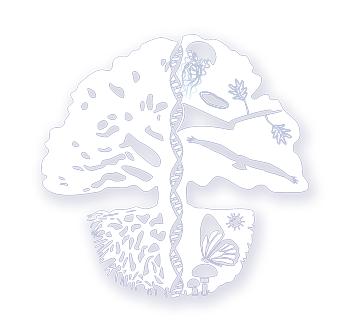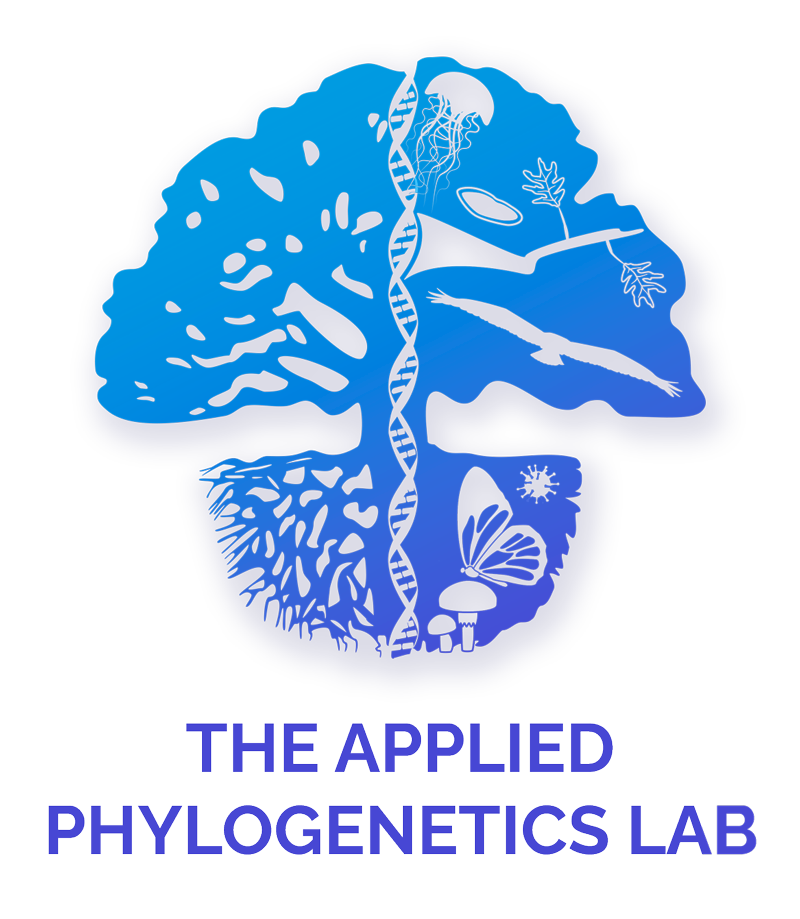Research

Macroevolution and the genotype-phenotype map
Our current work in this area is focused on developing methods to use phylogenetic data to investigate the genetic underpinning of phenotypes and to analyze comparative transcriptomic and proteomic data.
Key Papers:
Dimayacyac+ BioRχiv
Porto+ Systematic Biology
Uyeda+ Systematic Biology
Pennell+ Molecular Ecology
Pennell+ Bioinformatics

Evolutionary immunology
It has long been appreciated that within-individual antibody diversity is generated by evolutionary processes including recombination, mutation, and selection. In our group, we take this idea literally and are developing new phylogenetic methods to reconstruct the processes and events that shaped the antibody repertoire. We are also working towards reconstructing the evolutionary history of the germline genes that encode the antigen-recognition sequences of antibodies ( immunoglobulins) across the vertebrate tree of life.
Key Papers:
Pennell + Trends in Immunology
Key Papers:
MacPherson+ Systematic Biology
Louca + Pennell Current Biology
Louca + Pennell Nature
Henao Diaz+ PNAS
Schluter + Pennell Nature


